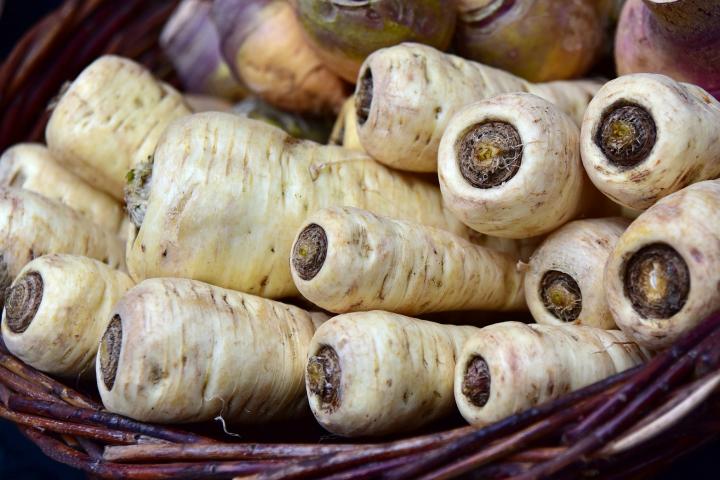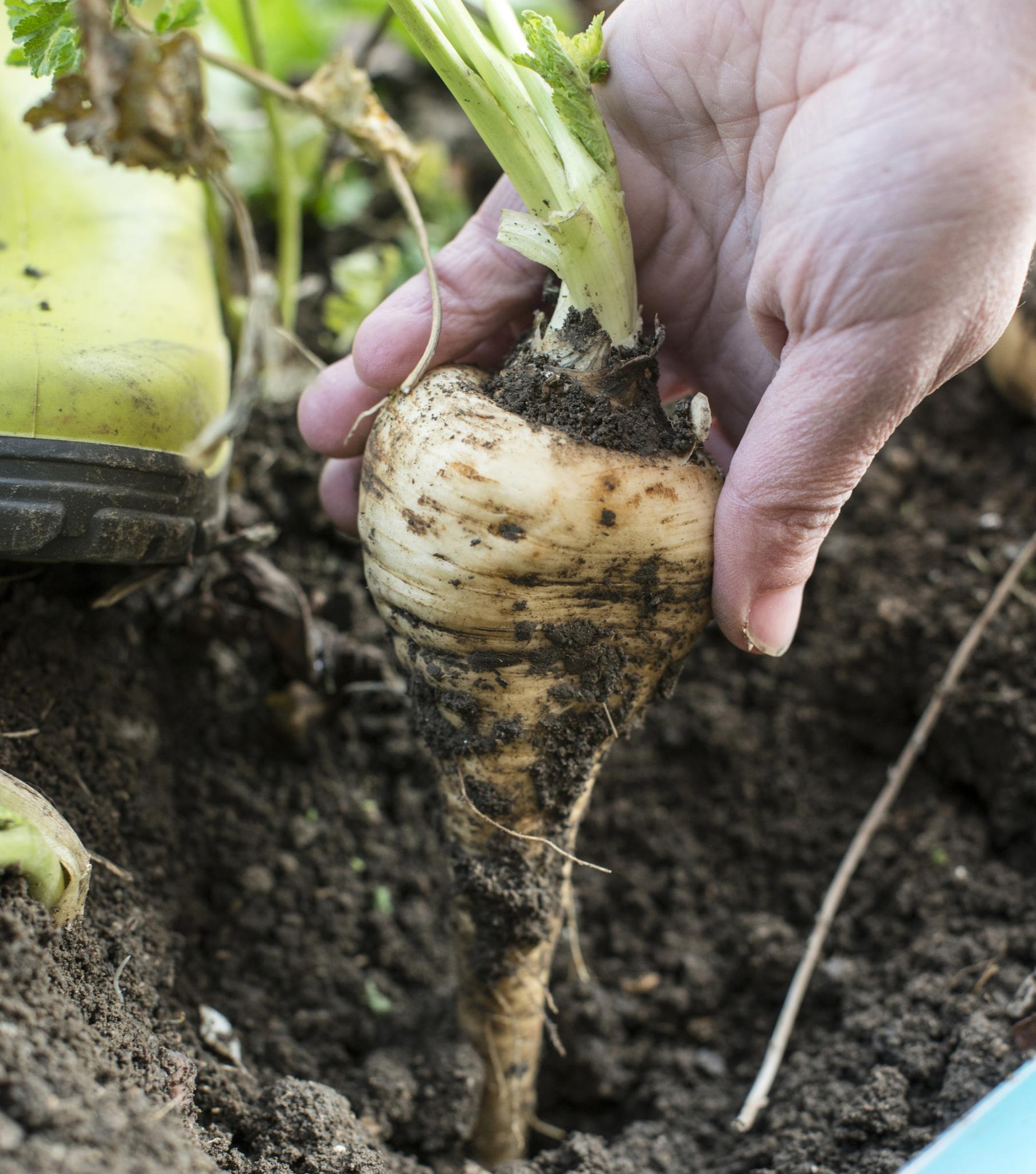
How to Plant, Grow, and Harvest Parsnips
Parsnips and carrots are wonderful when roasted together with rosemary on a baking sheet. The cores of a parsnip can be a little tough. When roasting, we recommend cutting parsnips at an angle into disks.
One of our favorite ways to enjoy parsnips is by pureeing similar to mashed potatoes. They have a sweet and rich flavor and aren’t as high in starch as potatoes. Steam first and then add to your food processor.
ADVERTISEMENT
I brought parsnips home from a local grocery and one was sprouting two shoots. How do I parley that into spring planting for fall harvest?
Sure wish you would have posted this in February or March since seeds need to be planted as you stated in March or April.
I planted parsnip seed August 9. I did not soak. Had them in raised bed with glass cover initially, and we had some hot temps. A week or so ago a few of the Hollow Crown variety popped up. Today is 28 days - the longest expected for germination. I planned to plant some parsley and carrots where the parsnips did not appear. Lo and behold, today, one lone Harris variety is showing. Should I keep waiting? Might I have burned seed? I think the soil was about perfect in terms of watering. Should I plant more parsnip seed - I may be out of seed now - germination was not good earlier in the season either. I am hopeful. I LOVE parsnips!
Your seeds may have been roasted, unfortunately! Parsnip seeds may struggle with germinating in temps above 85°F. Assuming you live in a place with mild winters, you could still plant now for a spring harvest. We would recommend using fresh seeds, though.
Due to the toxicity of tame parsnip tops, is it safe to compost the top growth without causing problems with using the resulting compost the following growing season in vegetable beds?











Comments